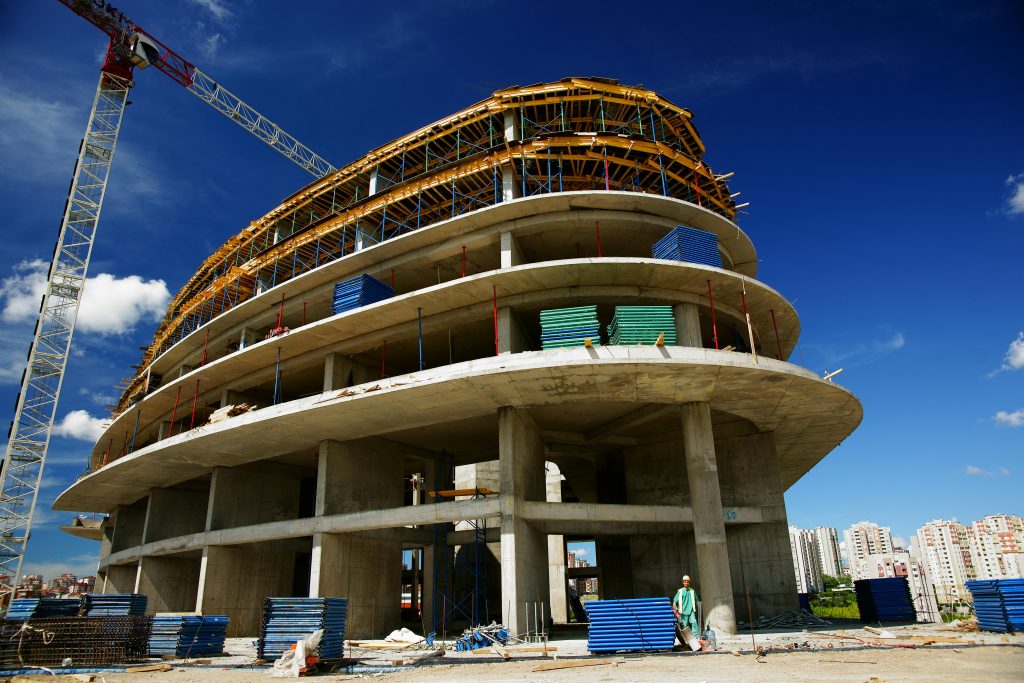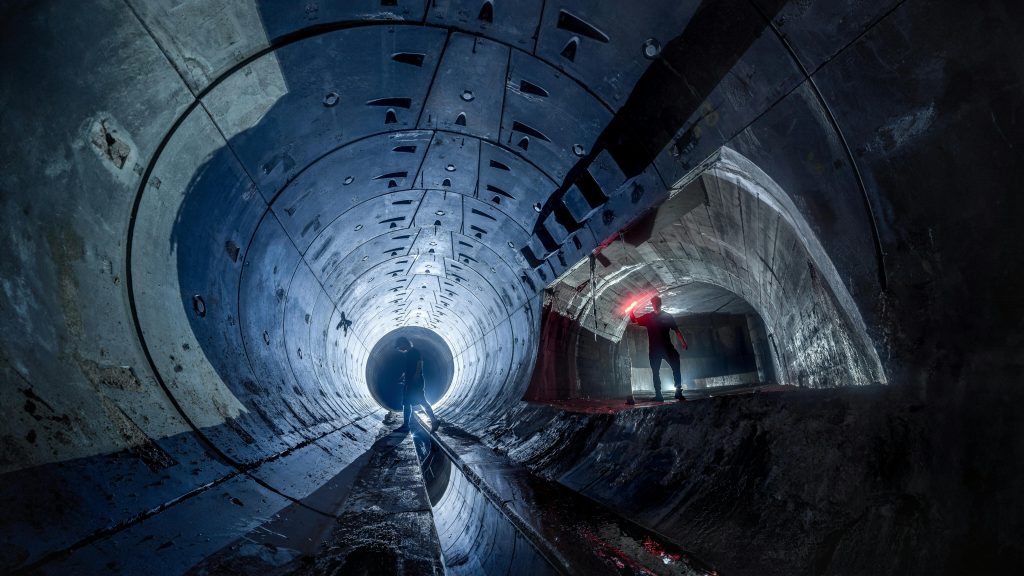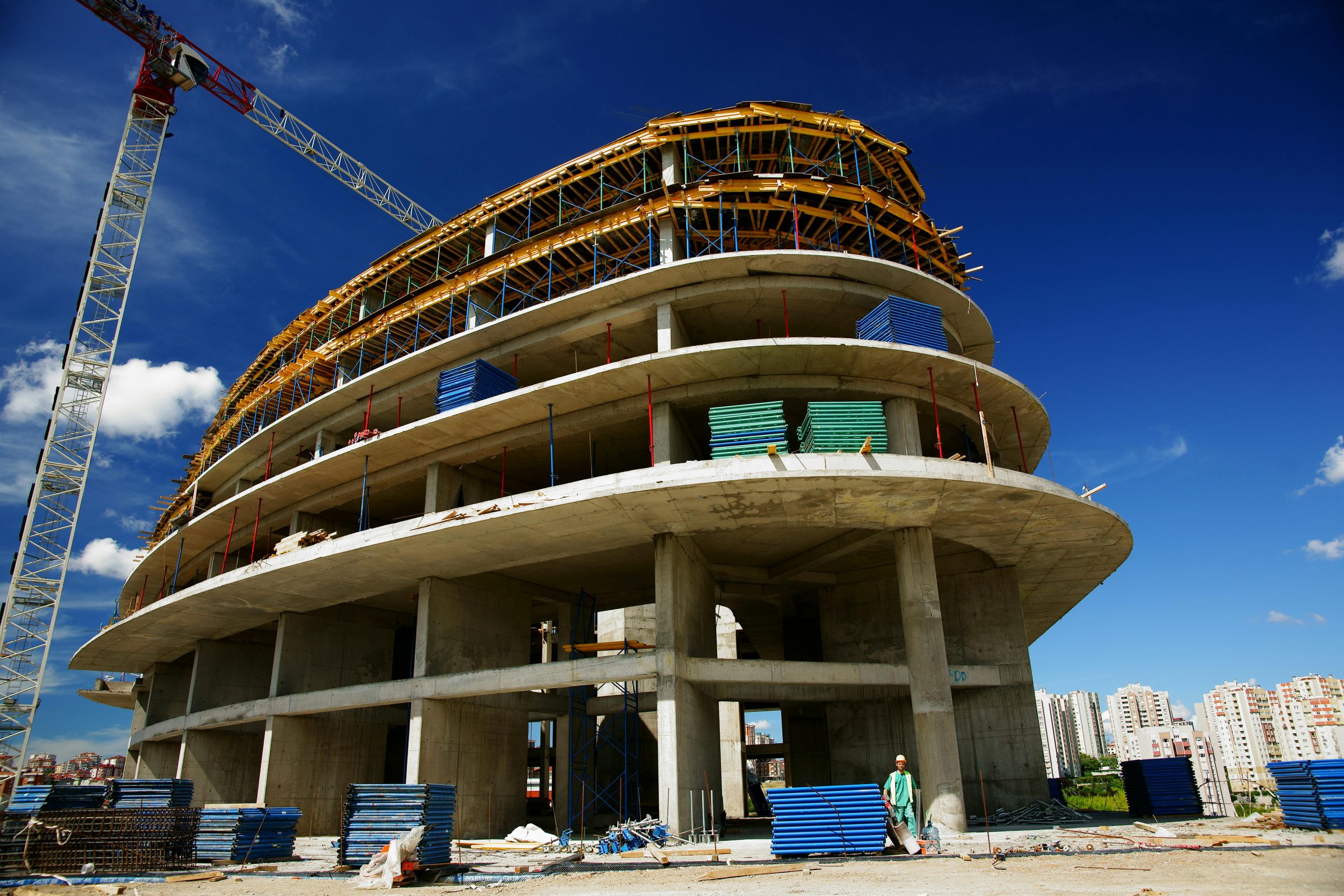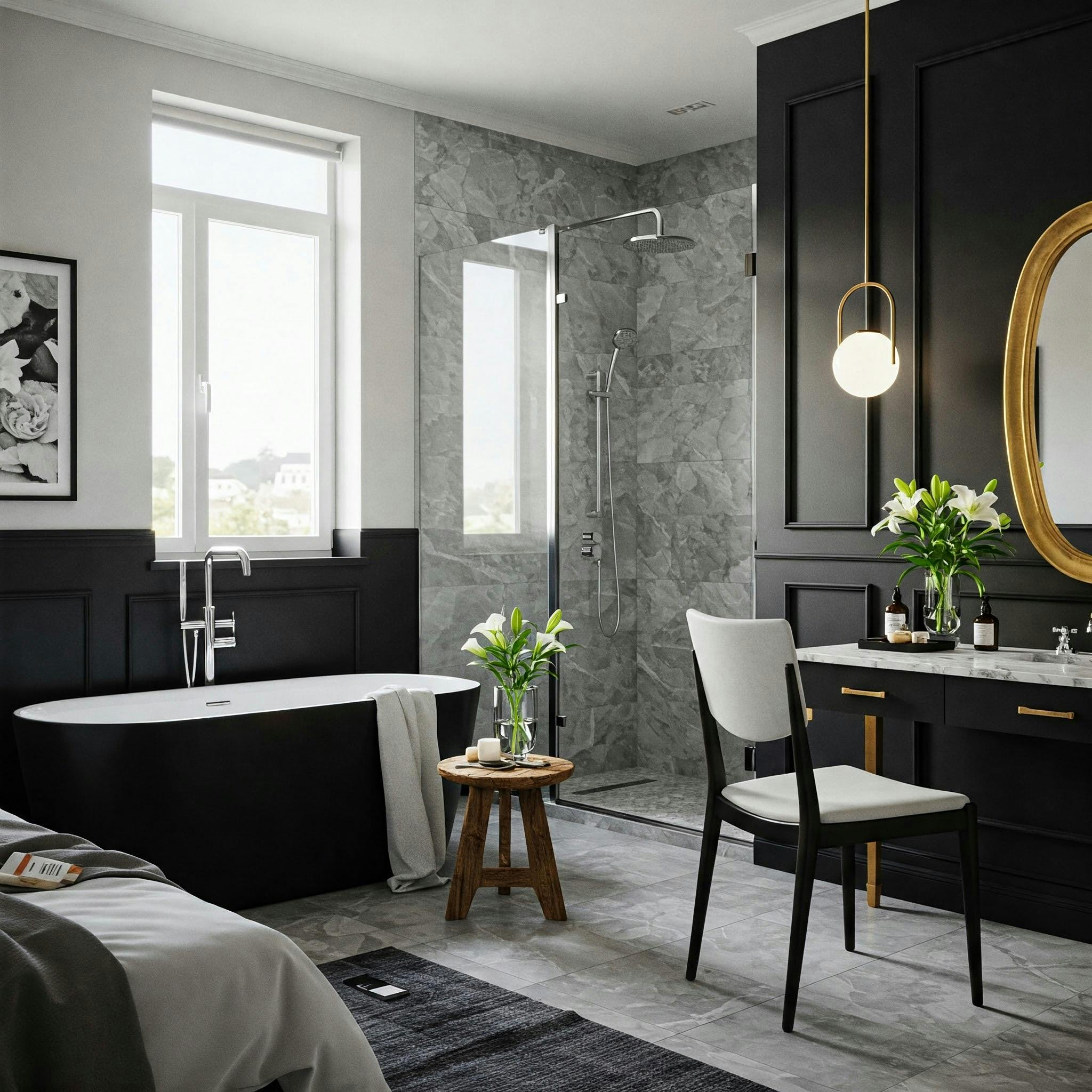What Building Materials Are Needed for Commercial Projects?
Introduction
From office towers and retail complexes to industrial warehouses and healthcare facilities, commercial construction projects demand careful planning and the right combination of building materials. The materials you choose influence not only the strength and safety of the structure but also its longevity, energy efficiency, and long-term operational costs.

In this guide, we break down the key building materials required in commercial construction, why they’re used, and how they contribute to creating safe, functional, and compliant facilities.
1. Concrete – The Foundation of Commercial Builds
Concrete is one of the most essential materials in commercial construction due to its durability, load-bearing strength, and fire resistance.
Common Uses:
- Foundations and footings
- Structural slabs and floors
- Load-bearing walls
- Parking decks and ramps
Types:
- Reinforced concrete (with steel rebar)
- Precast concrete panels
- Poured-in-place concrete
Why it matters: Concrete is crucial for supporting heavy commercial loads and providing a fire-resistant, stable base for the building’s framework.
2. Structural Steel – Strength and Flexibility
Steel is used extensively for the structural framework of commercial buildings, especially in high-rise or industrial settings.
Common Steel Applications:
- Beams and columns
- Roofing support structures
- Framing for large open-plan spaces
Benefits:
- High strength-to-weight ratio
- Quick to assemble
- Recyclable and sustainable
Why it matters: Steel enables faster construction and allows for large, open interior spaces—ideal for offices, warehouses, and shopping centres.
3. Masonry – Durability and Fire Resistance
Masonry materials like bricks, blocks, and stone are used for both structural and decorative purposes.

Applications:
- Exterior walls
- Fire-rated partitions
- Facades and entryways
Popular Materials:
- Concrete masonry units (CMUs)
- Clay bricks
- Natural or engineered stone
Why it matters: Masonry adds thermal mass, fire resistance, and an aesthetically pleasing exterior finish to commercial properties.
4. Glass – Natural Light and Modern Design
Glass is a key material in modern commercial buildings for both aesthetic and functional reasons.
Applications:
- Windows and curtain walls
- Office partitions
- Skylights and atriums
Types of Glass:
- Tempered or toughened glass
- Laminated safety glass
- Insulated glazing units (double or triple-glazed)
Why it matters: Glass allows natural light to enter commercial spaces, improves energy efficiency when properly insulated, and contributes to a clean, contemporary design.
5. Gypsum Board (Drywall) – Interior Flexibility
Gypsum board is the go-to material for non-load-bearing interior walls and ceilings in commercial spaces.
Uses:
- Office and retail fit-outs
- Ceilings
- Fire-rated wall assemblies
Options:
- Standard drywall
- Moisture-resistant boards
- Acoustic and fire-rated variants
Why it matters: Gypsum board offers flexibility, is easy to install, and supports various finishes and fire safety standards.
6. Insulation – Energy Efficiency and Comfort
Thermal and acoustic insulation are vital for maintaining energy performance and interior comfort.

Common Insulation Types:
- Fibreglass batts
- Rigid foam boards
- Spray foam
- Reflective foil
Applications:
- Wall cavities
- Roofs and ceilings
- HVAC ducts
Why it matters: Proper insulation helps meet NCC (National Construction Code) energy efficiency requirements and supports long-term savings on heating and cooling.
7. Roofing Materials – Protection and Performance
The right roofing system protects the building and affects thermal performance, drainage, and durability.
Commercial Roofing Options:
- Colorbond or metal sheeting
- Bitumen membranes (for flat roofs)
- TPO or EPDM rubber roofing
- Roof tiles or green roofing systems
Why it matters: Roofing must be durable, weather-resistant, and often compliant with insulation and solar reflectance requirements.
8. Flooring – Durability and Aesthetics
Flooring in commercial projects must balance durability, safety, and maintenance ease.
Options Include:
- Polished concrete (warehouses, showrooms)
- Commercial carpet tiles (offices)
- Vinyl and laminate (healthcare, retail)
- Epoxy coatings (industrial or wet areas)
Why it matters: Choosing the right flooring improves longevity and supports the building’s usage type and traffic levels.
9. Aluminium and Composite Panels – Façade and Feature
These materials are used for:

- External cladding
- Signage
- Sunshades and decorative elements
Aluminium is lightweight, corrosion-resistant, and easily fabricated for modern commercial designs.
Why it matters: Aluminium and composite materials help deliver striking architectural features while maintaining compliance with fire and weather resistance standards.
10. Mechanical, Electrical, and Plumbing (MEP) Materials
No commercial project is complete without:
- Copper or PEX piping (for plumbing)
- Electrical conduit and cabling
- HVAC ductwork and equipment
- Fire protection systems (sprinklers, alarms)
Why it matters: These systems are critical for occupant comfort, safety, and code compliance. All materials must meet Australian Standards and BCA regulations.
Conclusion
The success of a commercial construction project depends not only on design and execution but also on the right selection of building materials. Each material plays a specific role—from structural strength and fire protection to energy efficiency and aesthetics.

At CityBM and similar facility-focused organisations, choosing quality, compliant materials ensures the building performs well, remains safe, and stands the test of time. Whether you’re overseeing a new build or managing an upgrade, use this guide as a starting point for planning material selection with your architect, builder, or facility manager.












Post Comment